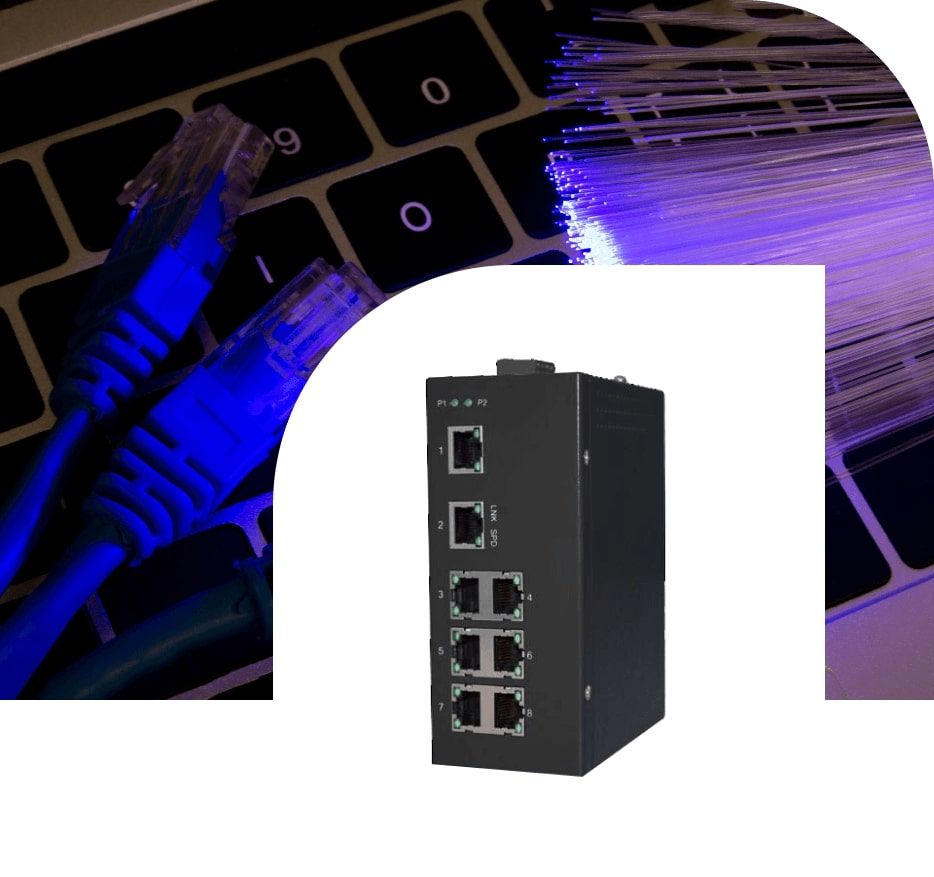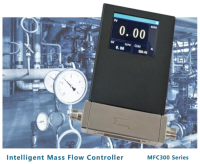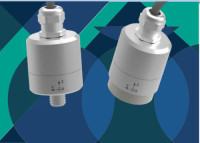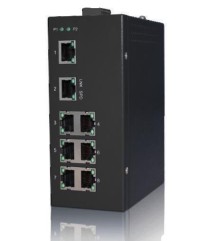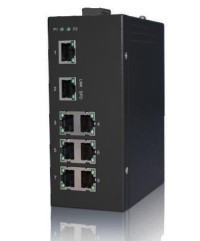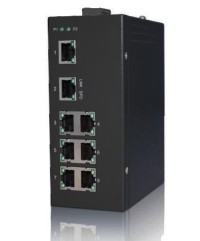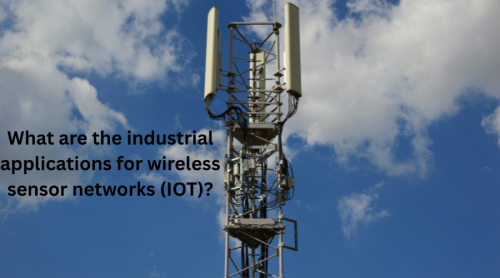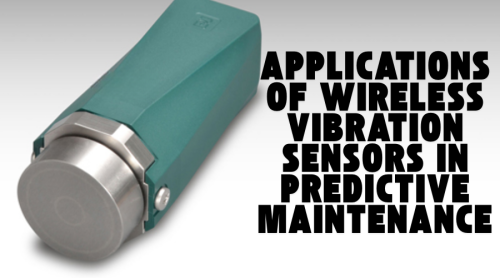Wireless Sensor Networks (WSN) are a layout of interconnected wireless devices called sensors that regulate and monitor any industrial process. This network of connected devices(sensors) performs a variety of functions like real-time data gathering, remote monitoring and ensuring seamless communications between machines and systems of an industrial process. Compared to wired networks, wireless networks tend to enhance precision and efficiency of an industrial process since the network is cheaper to maintain as they do not comprise of wires. Although the whole network comprises various types of nodes, the most important of these is the sensor node. It performs various functions like processing data, data storage, and transmission. It is this node that tracks the environmental information of the overall network. The data collected by the sensor node is transmitted to the user node via the sink node. What Do Industrial Wireless Networks Consist of? For industrial facilities and manufacturing setups, wireless networks prove to be really efficient as they can regulate an industrial system with flawlessness since they contain a variety of devices. Let us look at what type of devices are a part of a wireless network. Routers: These are responsible for managing data traffic between various devices and are central hubs for data reception and transmission. Access Points: broaden the reach of the internet so devices located in different areas in an industrial facility can connect seamlessly. Communication protocols: which include Wifi, Bluetooth, etc, are responsible for defining the way data is transmitted and received within the network. IO-Link Wireless is considered to be the best protocol for data transfer in industrial environments as Wifi and Bluetooth lack the results. The wireless network of an industrial facility should be secure from outside threats so that the data is protected and there is no risk of disruption. Advantages of Industrial Wireless Networks Greater Mobility The most significant benefit of fitting a wireless network in a facility is that the whole network is free from wires, which means that the devices and equipment can be moved around and the setup can be changed easily, as there are no wired connections that limit the placement area of the device. This ultimately translated to a better usage of space in a building. Easily Scalable In firms that are growing fast, there is always a need to expand the setup and industrial wireless networks. Having an absence of wires means that it is almost effortless to add a new device without changing the layout of the whole setup. The result is a scalable network that can quickly handle the growing demand. Cost-efficient In this aspect also the wireless network is also much more effective than a wired one since it eliminates the additional cost of maintaining cables. The costs do not stop at maintenance; even the installation of this network is quite cheap. Moreover, the network reduces the need for manual monitoring of the system and this reduces the labor cost as onsite personnel are not required for monitoring. Realtime Data Reporting What really boosts operational efficiency is the recording of real-time data. This allows for real-time analysis and makes the whole decision-making process faster and quick decision-making can be done as the data is always available. The results are nothing short of amazing, like reduced response times, and a massive increase in overall productivity. Applications of Wireless Networks Agricultural Applications Wireless networks have a huge role to play in keeping track of the weather conditions. They come really handy in the agricultural sector as they are used to monitor irrigation conditions, soil ecology, and also in recording information about geographic and meteorological conditions that have a crucial impact on crop growth. Some types of meteorological data are rainfall, river water level and soil moisture. They are also vital in predicting flooding and other natural disasters. Data gathering is the foundation of environmental science, and with wireless networks, this is no longer a problem. Scattering a large number of sensors over a wide area means that no personnel are needed to venture to remote areas to gather data. Industrial Applications Wireless sensor networks are also broadly used in industrial setups. One aspect in which they play a vital role is industrial safety. Many of the industrial environments carry risks for workers, such as coal mines, oil drilling, and nuclear power plants. Spreading sensor nodes around the worksite allows for monitoring of safety throughout the whole site. Some staff-related work can also be automated through wireless networks. Another area where these networks are making work easier for personnel is in warehouse and logistics management. The sensor network can become an IoT (Internet of Things) network and this means that lights, fans and other electronic accessories can be remotely controlled and monitored, enhancing user convenience. Medical and Healthcare Applications Wireless networks in medical environments are increasingly being used to deliver a more efficient form of healthcare. In medical environments, the wireless systems connect all kinds of medical technology, as well as patient information processing gadgets. This means that real-time data is always at hand. In lab environments where environmental information is crucial for safety and preservation of samples, these wireless networks take on the burden of ensuring that all environmental indicators are within normal range. Conclusion In closing, wireless sensor networks in an IoT context are more than just a technology trend, they are a real opportunity for manufacturers and their ability to adapt quickly. WSN can provide productivity enhancements, enhance safety for floor personnel, and stabilize supply chains in ways that haven't been possible over the last decade. The tricky part is understanding where they are most applicable in your operation. Even if your end objective is efficiency, cost reduction, or converting to a smarter, more sustainable workplace, exploring an IoT driven sensor network is at the very least a step in that direction. Organizations should start by taking a hard look at their current operational processes and speaking with an IoT solutions prescriber. FAQs Q1: How are wireless sensor networks used in manufacturing? They will be able to assist with real-time tracking of a machine, predicted repair and production efficiency through reduced downtime. Q2: Can wireless sensor networks improve workplace safety? Yes, WSNs can detect hazardous conditions like gas leaks, temperature spikes, or equipment malfunctions, helping prevent accidents. Q3: What role do WSNs play in supply chain management? They track goods, monitor storage conditions, and provide live data on logistics, ensuring smoother and more reliable operations.
-
 No. 659 Hewang Rd, Jiading District, Shanghai P.R.China
No. 659 Hewang Rd, Jiading District, Shanghai P.R.China
-
 info@marvels-sense.com
info@marvels-sense.com
-
 +86-18321684506
+86-18321684506


